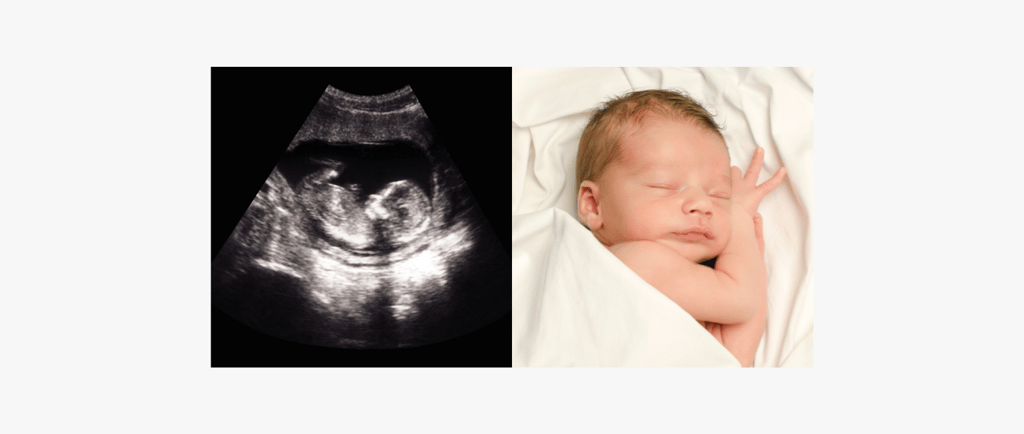Free Express Shipping on all orders with all duties included
The Fascinating Journey of Fetal Hair Growth
9/18/20242 min read


While many of us associate hair with our appearance, the reality is that hair growth begins much earlier – in the womb, during the earliest stages of fetal development. It's a captivating process, one that lays the foundation for our unique hair traits.
When Does Hair Start Growing?
Surprisingly, the first signs of hair growth appear as early as the 14th week of pregnancy. At this point, hair follicles begin to form deep within the baby's skin. These follicles, tiny tube-like structures, will serve as the anchors for each individual hair strand. By the 20th week, fine, downy hair known as lanugo starts to sprout from these follicles. Lanugo initially covers most of the baby's body, including the face, back, shoulders, and even the ears.
The Role of Lanugo
Lanugo serves an essential function in the womb. It helps to regulate the baby's body temperature and protects the delicate skin from the amniotic fluid. Interestingly, lanugo is usually shed before birth, around the 32nd to 36th week of pregnancy. In some cases, babies are born with remnants of lanugo, which typically falls out within the first few weeks after birth.
Scalp Hair Development
While lanugo is temporary, hair follicles on the scalp start forming around the 15th week and remain for life. The pattern these follicles create determines the baby's future hairline. By 22 weeks, hair becomes visible on the baby's head. The rate of growth can vary significantly, with some babies sporting a full head of hair at birth while others have only a sparse covering. Hair color also begins to develop around this time, influenced by the melanin pigment cells within the hair follicles.
The Ever-Changing Cycle
Hair growth in the womb isn't a one-time event. It follows a cycle of growth, shedding, and regrowth. This cycle continues throughout our lives. In fact, babies are born with all the hair follicles they'll ever have – no new follicles are formed after birth.
Factors Influencing Fetal Hair Growth
Several factors can influence the rate and quality of hair growth in the womb. These include:
Genetics: A baby's hair type, color, and thickness are primarily determined by inherited genes.
Nutrition: Adequate nutrition, including protein, vitamins, and minerals, is crucial for healthy hair growth.
Hormones: Maternal hormones can play a role in fetal hair development.
From Womb to World
The hair that a baby is born with can change significantly in the first few months. The texture, color, and even the amount of hair can shift as the baby's body adjusts to life outside the womb. It's a reminder that hair growth is a dynamic, ongoing process.
Conclusion
The journey of fetal hair growth is a testament to the intricate wonders of human development. From the earliest appearance of lanugo to the emergence of unique hair patterns, it's a process filled with purpose and potential.
Thymuskin
Save Your Hair
info@thymuskinuae.com
Phone: +971 4 3939 771
© 2026 Thymuskin®. All rights reserved.
Cell: +971 505 41 9616
